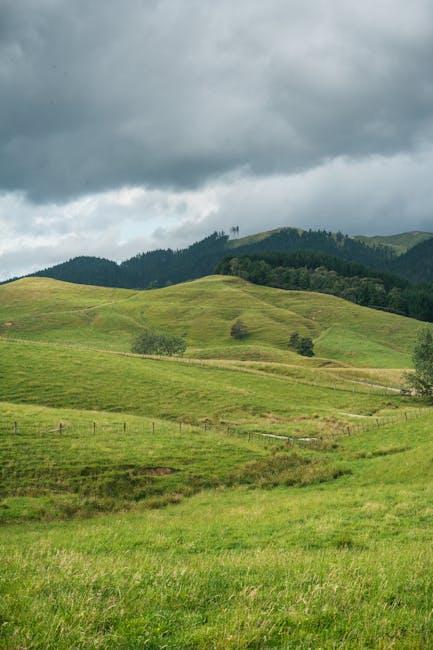Advanced Color Grading Techniques for Cinematic Storytelling
Color grading is more than just a post-production step-it’s a powerful storytelling tool that breathes life into your cinematic vision. By mastering advanced color grading techniques, filmmakers and video creators can manipulate mood, evoke emotion, and guide audiences through a rich visual narrative. Whether you’re working on a feature film, short, or commercial, applying thoughtful color grading strategies can elevate your project from ordinary to extraordinary.
Understanding the Importance of Color Grading in Cinematic Storytelling
Cinematic storytelling hinges on engaging viewers emotionally and visually. While script, acting, and direction are fundamental, color grading adds the final layer of polish that influences how audiences perceive and feel about the story. Color grading can:
- Establish mood and atmosphere
- Highlight important narrative elements
- Create temporal shifts or flashbacks
- Distinguish characters or environments
- Enhance consistency across shots and scenes
Key Advanced Color Grading Techniques
1. Creating Custom LUTs (Look-Up Tables)
Look-Up Tables (LUTs) are presets that transform the color values of your footage. Creating custom LUTs tailored for your project helps maintain a consistent cinematic style and drastically speeds up post-production. When designing LUTs, consider:
- Color temperature adjustments for mood
- Contrast and gamma alterations
- Accentuation of specific color tones (e.g., teal-orange complementary scheme)
- Balancing highlights and shadows for depth
2. Utilizing Secondary Color Correction
While primary color correction adjusts the overall footage, secondary color correction hones in on particular hues or areas. This technique enables you to:
- Isolate and enhance skin tones without affecting other colors
- Change the color of an object to reflect emotional tone
- Desaturate backgrounds to draw focus toward the subject
- Create color pops for dramatic impact
3. Mastering HDR and Wide Color Gamut Grading
HDR (High Dynamic Range) color grading allows you to work with a broader range of brightness and color information. This advanced method helps deliver images with striking realism and depth. Filmmakers should:
- Leverage HDR to bring out subtle details in shadows and highlights
- Optimize for wide color gamut displays for future-proofing
- Be mindful of over-saturation or clipping when pushing HDR limits
4. Crafting Film Looks with Curves and Masks
Using curves allows precise control over luminance and individual RGB channels. Combined with masks, this technique can simulate filmic grain, emulate classic film stocks, or selectively grade parts of the frame to:
- Create cinematic fades and vignettes
- Introduce stylized color casts specific to time periods
- Separate foreground elements from background with color isolation
Benefits of Advanced Color Grading for Your Storytelling
Implementing advanced color grading techniques benefits your project in many ways, including:
- Emotional engagement: Colors influence audience feelings, deepening connection.
- Visual consistency: Ensures a seamless viewing experience across diverse scenes.
- Brand identity: For commercial films, color can strengthen branding and recall.
- Creative freedom: Opens up endless possibilities to shape the story visually.
Practical Tips to Enhance Your Color Grading Workflow
- Calibrate your monitor: Invest in professional-grade displays to see accurate colors.
- Organize footage: Group clips by scene, lighting condition, or camera settings to speed grading.
- Use scopes and histograms: Rely on waveform, vectorscope, and RGB parade tools to make objective color decisions.
- Employ masks and tracking: Precisely isolate elements for targeted grading.
- Backup original files: Always keep your raw footage safe before applying heavy grading.
Case Study: How Color Grading Transformed a Short Film
In a recent short film project titled “Shadows of Tomorrow”, the director collaborated with a colorist to evoke a dystopian mood using advanced grading techniques:
| Technique | Purpose | Outcome |
|---|---|---|
| Teal and Orange LUT | Enhance emotional contrast between cold and warmth | Created visual tension between characters and environment |
| Selective Desaturation | Mute background elements | Focus audience attention on main subjects |
| Curves Adjustments with Masks | Add cinematic vignette | Framed scenes and guided viewer’s eye |
| HDR Grading | Preserve shadow detail and highlight intensity | Added realism and depth to nighttime scenes |
This thoughtful color approach significantly enhanced the storytelling impact, receiving praise for its immersive and atmospheric aesthetics.
First-Hand Experience: Embracing the Art of Color Grading
As a filmmaker, I’ve found that investing time in mastering advanced color grading not only improves the visual quality of my work but also deepens the narrative resonance. Experimenting with secondary color correction and custom LUTs enabled me to craft unique moods that dialogue alone couldn’t convey. Remember, the best color grading supports the story, never overwhelming it.
Conclusion: Elevate Your Cinematic Storytelling with Advanced Color Grading
Advanced color grading techniques are essential tools for any filmmaker aiming to create compelling cinematic storytelling. By manipulating color, contrast, and light with precision, you can evoke powerful emotions, craft distinct styles, and guide your audience through your narrative journey. Whether you’re using custom LUTs, secondary corrections, or HDR workflows, continually refining your color grading skills will unlock new dimensions of creativity and professionalism in your films.
Start applying these techniques today and watch your cinematic storytelling come alive with the magic of color.











